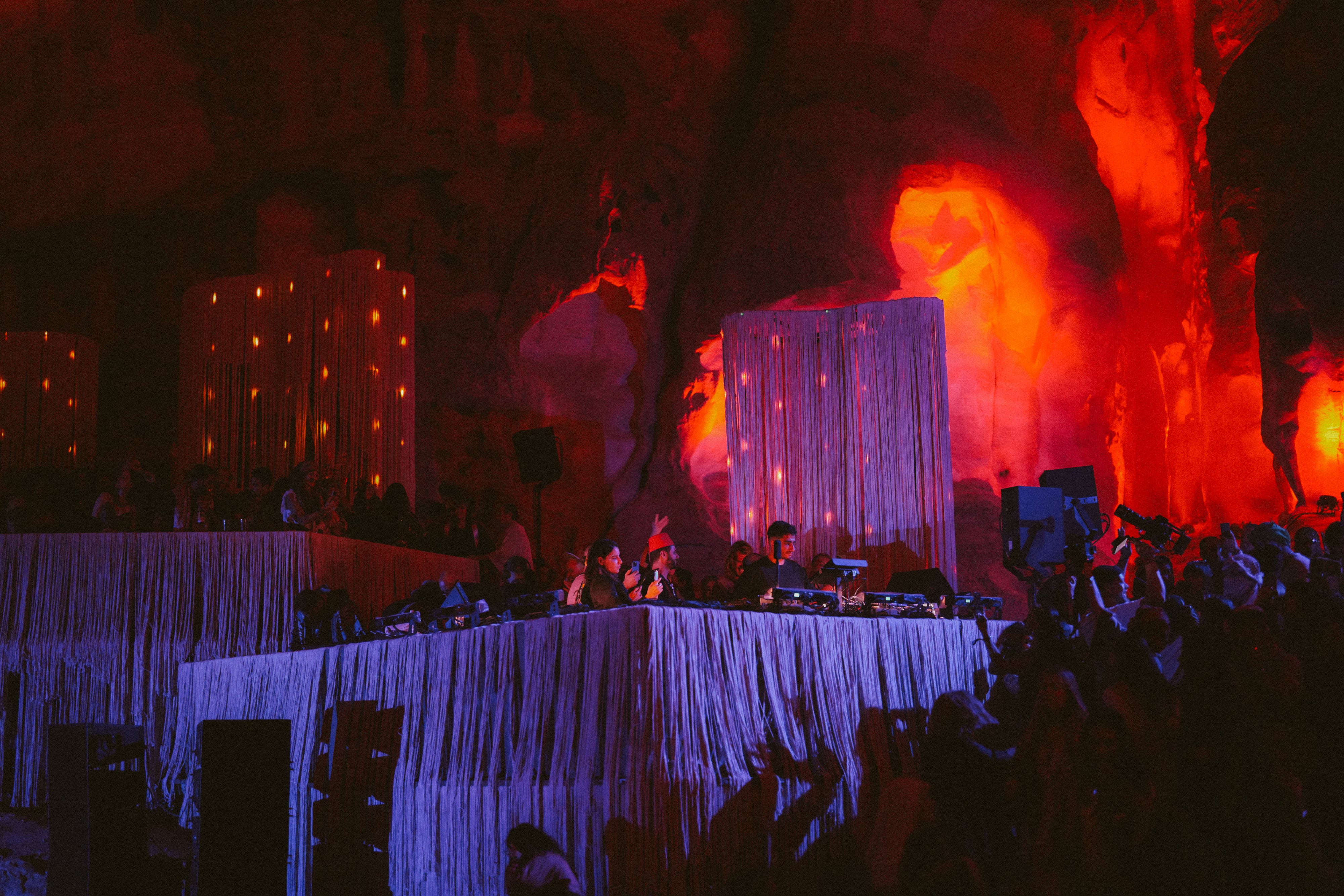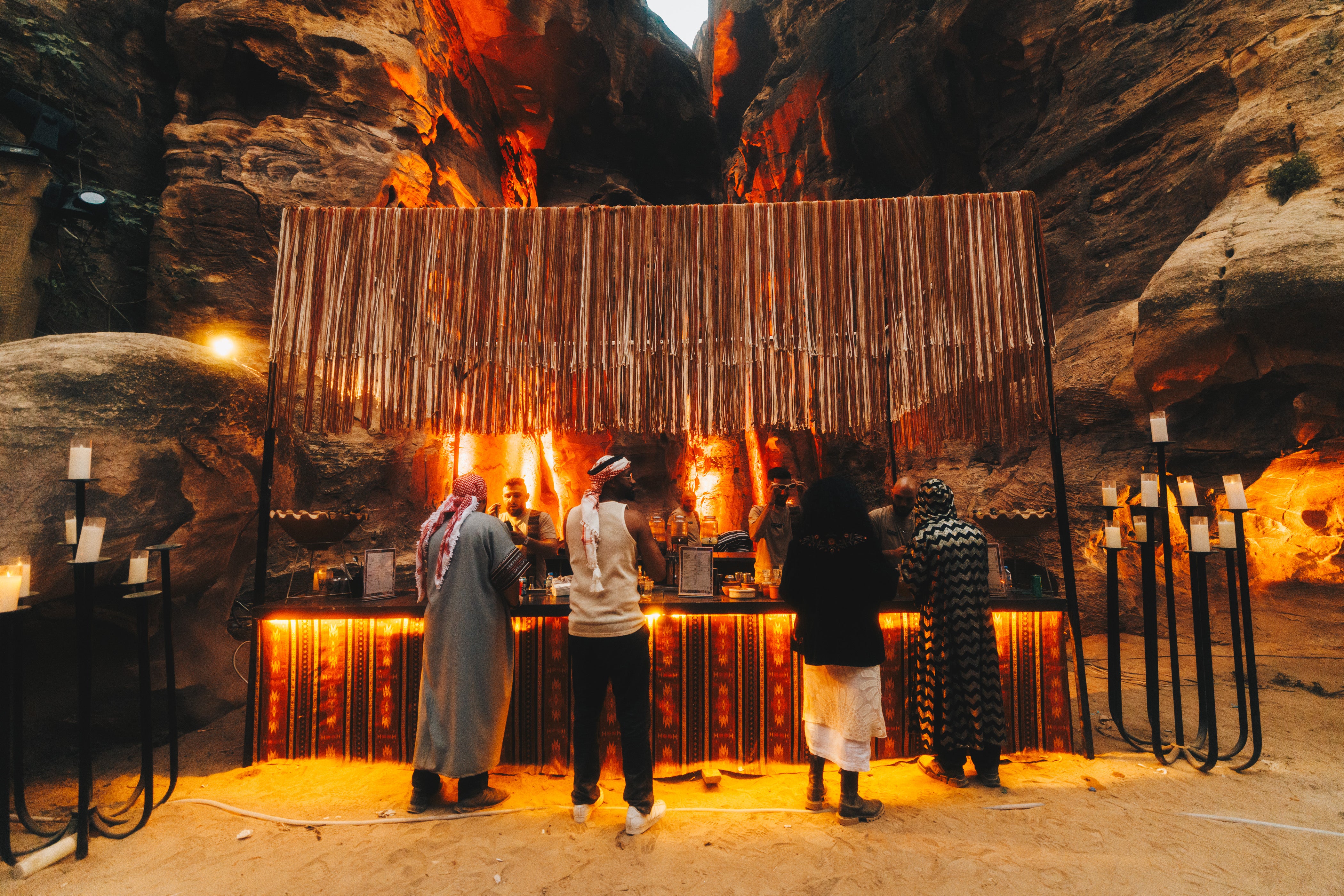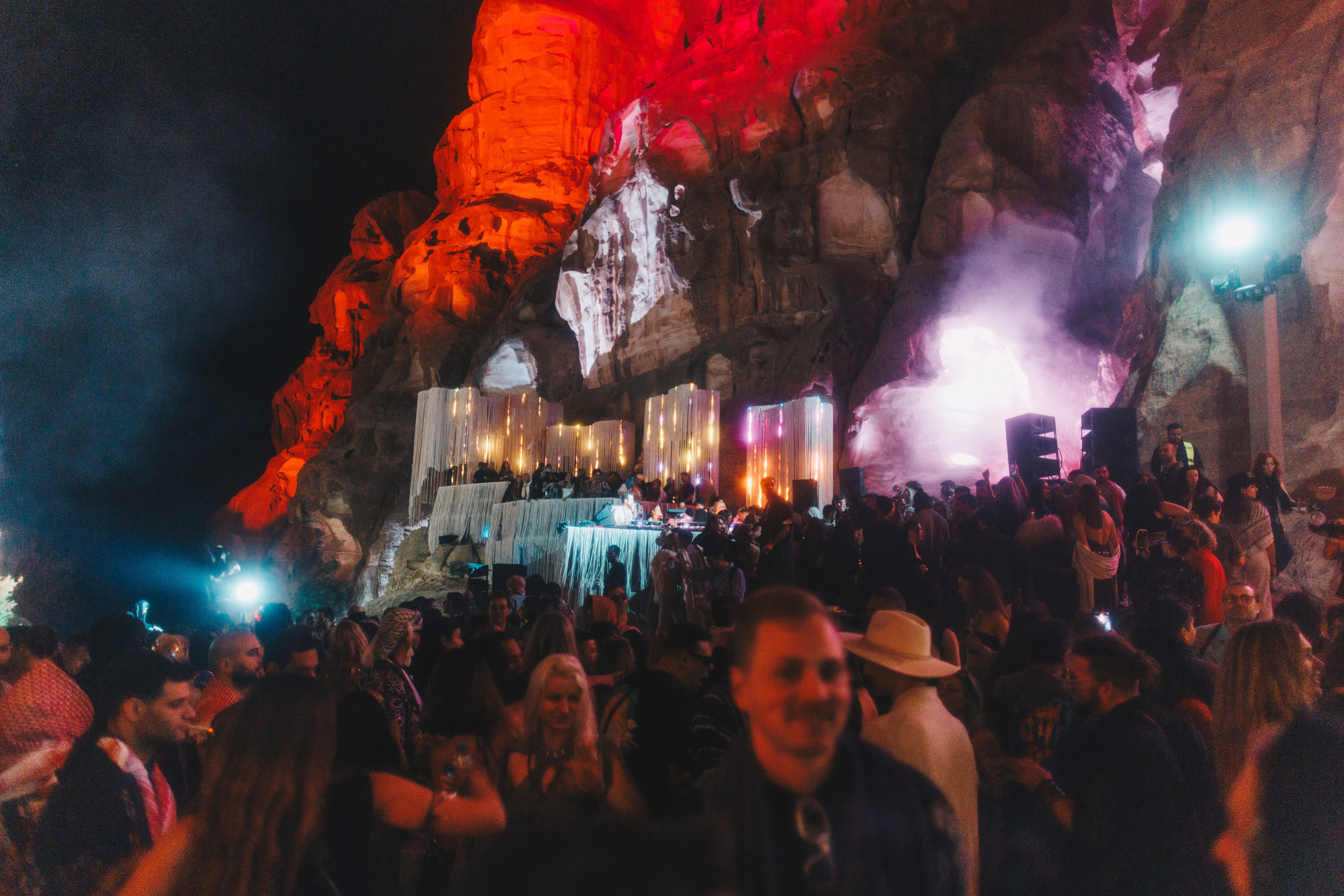ARTICLE AD BOX
The ancient city of Petra – carved into sandstone cliffs more than 2,000 years ago – played host this May to one of the most ambitious cultural events to arrive in the region in recent memory.
Medaina Festival – a multi-day celebration of electronic music and contemporary culture – brought hundreds of international and regional visitors to southern Jordan, where the rose-red ruins of the Nabatean capital became an unlikely but striking stage for DJs, installations and panel discussions.
Billed as more than a festival, Medaina straddles the line between boutique rave and cultural summit. Across six days and two UNESCO World Heritage Sites – Petra and, later, Wadi Rum – the event combined high-end production with a mission to rethink the format of global music gatherings.
It’s the second edition for organisers Tithorea, a production company whose previous work includes immersive events in Costa Rica, Romania and Turkey. But Medaina marks their most sensitive setting to date – and arguably their most ambitious.

In Petra, the opening half of the festival set the tone with a deliberately restrained approach to programming and staging. Rather than overwhelm the location, performances were staged in low-footprint structures and timed around daylight to comply with heritage regulations. Sets from artists such as Patrice Bäumel, Aline Umber and Rolbac drew crowds into canyons and courtyards – the natural acoustics of the site giving a warmth and texture not found in traditional venues.
But the festival’s programming wasn’t solely focused on the sonic. Alongside DJ sets were talks on sustainable tourism, meditative workshops, and pop-up food experiences highlighting Jordanian culinary traditions. Festival co-founder Shahin Mani said organisers worked closely with Jordan’s tourism board and cultural authorities to ensure the event maintained respect for the site’s archaeological and spiritual significance. “This wasn’t about spectacle,” one attendee noted. “It was about atmosphere – about finding a rhythm that made sense in this setting.”
That approach, while commendable, also meant logistical limitations. Capacity was tightly capped, and infrastructure around Petra – never designed for events of this type – occasionally struggled under the weight of expectations.
Still, what Medaina lacked in polish, it made up for in vision. The decision to prioritise Petra for the opening half of the festival lent the event a deliberate sense of scale and history. And while comparisons to Burning Man and other ‘transformational’ festivals are inevitable, Medaina felt more grounded – less about escapism and more about recontextualisation. In place of pyrotechnics and megastructures, there was subtle lighting, sandstone silhouettes, and soundscapes that seemed to emerge from the rock itself.

The second half of the festival – held further south in Wadi Rum – brought a more familiar desert rave aesthetic. There, among the dunes and towering cliffs famously used as a backdrop in films such as Dune and The Martian, Medaina expanded into a looser, more nocturnal rhythm. Here, artists like HVOB, Sonja Moonear and Mind Against played into the early hours – the scale of the landscape allowing for bigger setups and more experimental audiovisual work.
A highlight came in the form of a sunrise performance scored by live instrumentation and ambient drone – an echo of the restrained ethos from Petra, adapted to a wilder setting.
Wadi Rum offered more space, but it also introduced new challenges. While the festival made efforts to offset its environmental footprint – using solar-powered rigs and minimising waste – questions remain over the sustainability of staging events in ecologically sensitive areas.

Even so, for many, Medaina offered something increasingly rare in the festival circuit: a sense of place. By situating electronic music within a broader cultural and geographical context – and by foregrounding the heritage of its host nation rather than simply using it as aesthetic garnish – the event managed to avoid many of the pitfalls that plague destination festivals.
Jordan – with its complex historical layering and relative geopolitical stability – is a compelling setting for such experimentation. Petra and Wadi Rum, long magnets for tourism, were here reframed not just as sites to be seen, but as environments in which new forms of storytelling – musical, visual, even philosophical – could take root.
Medaina is not without its flaws. But it has ambitions that stretch beyond the dancefloor – and in a crowded global festival calendar, that may be its most significant asset.









 English (US) ·
English (US) ·